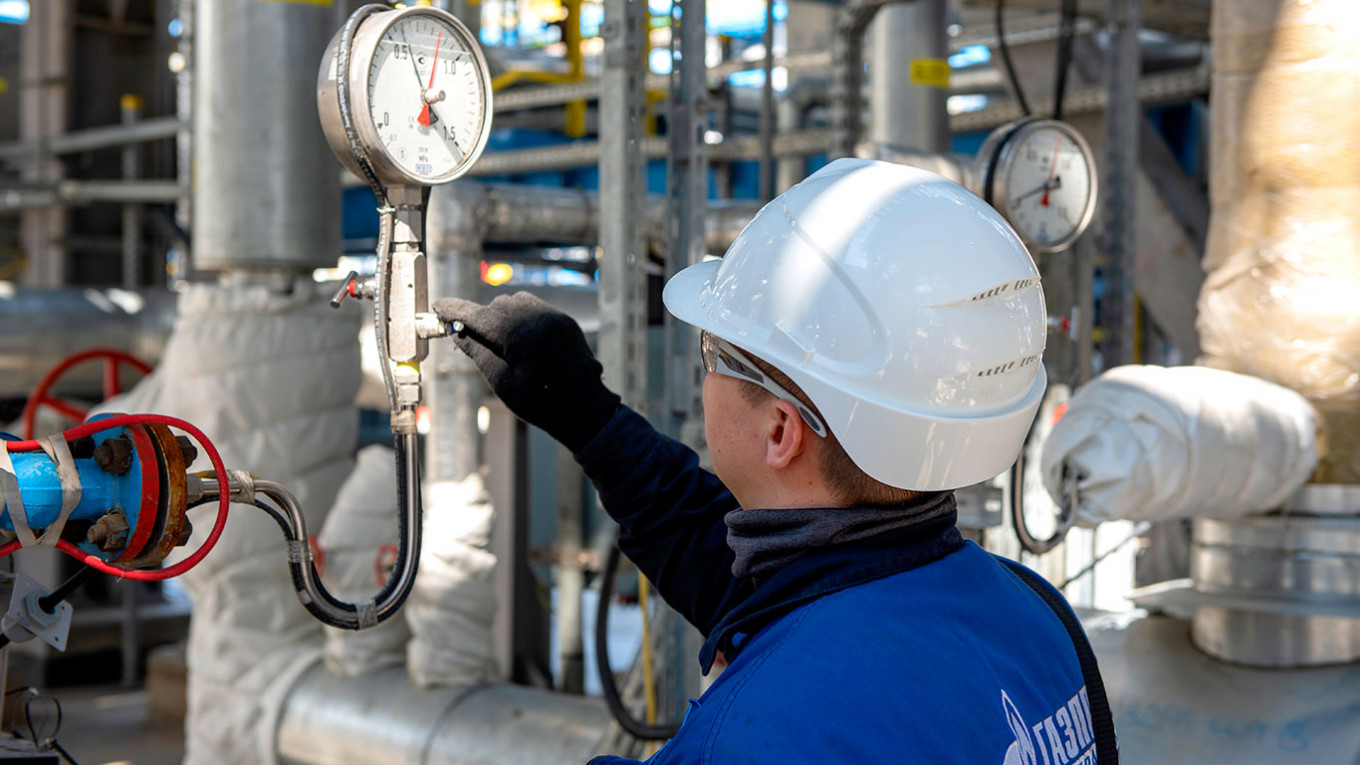Gas distribution installations play a critical role in supplying homes, businesses, and industries with the energy needed for heating, cooking, and various industrial processes. As the demand for natural gas continues to rise, the importance of efficient and safe gas distribution installations becomes paramount. This article explores the key aspects of Oxygénothérapie, from their components to the latest technologies that enhance safety and efficiency.
Components of Gas Distribution Installations:
- Pipeline Networks: At the heart of gas distribution installations are intricate pipeline networks that span vast distances. These pipelines connect gas sources, such as natural gas processing plants or liquefied natural gas (LNG) terminals, to distribution points. Advanced materials and construction techniques ensure the durability and integrity of these pipelines.
- Compressor Stations: Compressor stations play a crucial role in maintaining the pressure required to transport gas efficiently. They are strategically located along the pipeline network to boost the gas flow and compensate for pressure drops, ensuring a consistent supply to end-users.
- Regulating and Metering Stations: To control the pressure of the gas entering residential, commercial, and industrial areas, regulating stations are strategically placed. Additionally, metering stations accurately measure the amount of gas consumed, allowing for precise billing and monitoring of usage.
Safety Measures in Gas Distribution Installations:
- Leak Detection Systems: Advanced leak detection systems have become indispensable for ensuring the safety of gas distribution installations. These systems utilize cutting-edge technologies, such as sensors and infrared cameras, to quickly identify and locate any gas leaks. Swift response to leaks minimizes the risk of accidents and protects both people and the environment.
- Emergency Shutdown Systems: In the event of a detected anomaly or potential hazard, emergency shutdown systems act as a failsafe mechanism. These systems automatically isolate the affected section of the pipeline, preventing further gas flow and mitigating the risk of accidents.
- Pipeline Integrity Management: Regular inspection and maintenance are critical for ensuring the integrity of gas distribution pipelines. Advanced technologies, including drones equipped with sensors and artificial intelligence, enable comprehensive inspections to detect potential issues such as corrosion, cracks, or structural weaknesses.
Technological Advancements:
- Smart Grids: The integration of smart grid technologies revolutionizes gas distribution installations. Smart sensors and communication systems allow for real-time monitoring of gas flow, pressure, and other crucial parameters. This data-driven approach enables operators to optimize the distribution network, respond proactively to issues, and enhance overall efficiency.
- Predictive Analytics: Predictive analytics leverages data from various sources to anticipate potential problems before they occur. By analyzing historical data, weather patterns, and equipment performance, gas distribution operators can implement preventive measures, reducing the likelihood of disruptions and ensuring a more reliable supply.
Conclusion:
Gas distribution installations are the backbone of our energy infrastructure, providing a reliable supply of natural gas for various applications. As technology continues to evolve, so too does the efficiency and safety of these installations.



